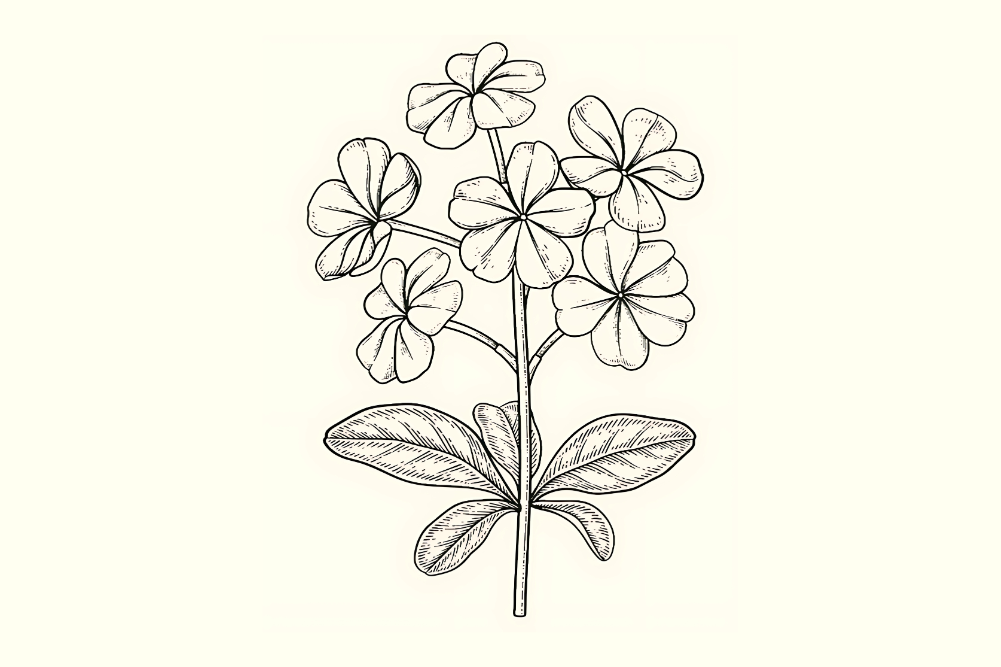Green Beat
Extreme heat waves are pushing the limits of the human body
Record-breaking heat waves in 2024 are pushing the limits of the human body’s ability to adapt to heat. The body works hard to maintain a stable core temperature, but if it can’t, cells and organs are affected, potentially leading to permanent injury or death. Increasingly humid heat waves and hotter nights are limiting our ability to cool down and recover. The body cools itself primarily through sweating and blood circulation. Climate change is causing heat waves that are hotter and longer but also more humid. The increased humidity hinders sweat evaporation and prolonged extreme heat strains the body as the heart has to work harder. This explains why cardiovascular failure accounts for about half of the heat-related deaths among older adults. As temperatures rise, heat risks will increase. It’s essential to protect our vulnerable populations by implementing effective cooling measures both at home and in our communities.
Source: Science News
Dragonflies reveal Mercury pollution patterns
Mercury contamination is a global concern, originating from natural sources and human activities such as fuel combustion. It accumulates in living organisms and becomes more concentrated up the food chain. This toxin can harm the health of both humans and animals. A new study has unveiled surprising findings about where mercury pollution comes from and how it moves through diff erent ecosystems. In drier regions, mercury is deposited through rain and snow, while in wetter, forested areas, mercury from the air sticks to leaves, which fall and carry the toxin into the ground. Citizen scientists and volunteers in 150 national parks discovered that dragonfly larvae are the most widespread and accurate indicators of mercury contamination. Understanding mercury’s movement through different environments is crucial for predicting how reduced emissions will affect concentrations in organisms. These findings can guide global eff orts to mitigate mercury pollution and better protect human health and the environment.
Source: Environmental Science & Technology
Air pollution impacts pollinators more than pests
Bees and other beneficial bugs are disproportionately harmed by air pollution compared to crop destroying pests, a new study has found. Researchers reviewed data from 120 studies to assess how 40 insect types respond to air pollutants such as ozone. Air pollution is a serious but often overlooked threat to beneficial insects like bees and wasps. Without addressing air pollution, these vital pollinators and natural pest controllers could decline further, leading to more crop damage and reduced food supply. Ozone emerged as particularly harmful to beneficial insects, reducing their ability to thrive and carry out their roles in the ecosystem by 35 percent. Researchers suggest beneficial insects are more affected by air pollution as they rely on scent-based
communication for finding flowers, mates and prey, while pests rely on direct contact or visual cues. Stricter air quality regulations are needed to protect nature’s hardest workers.
Source: Nature Communications








